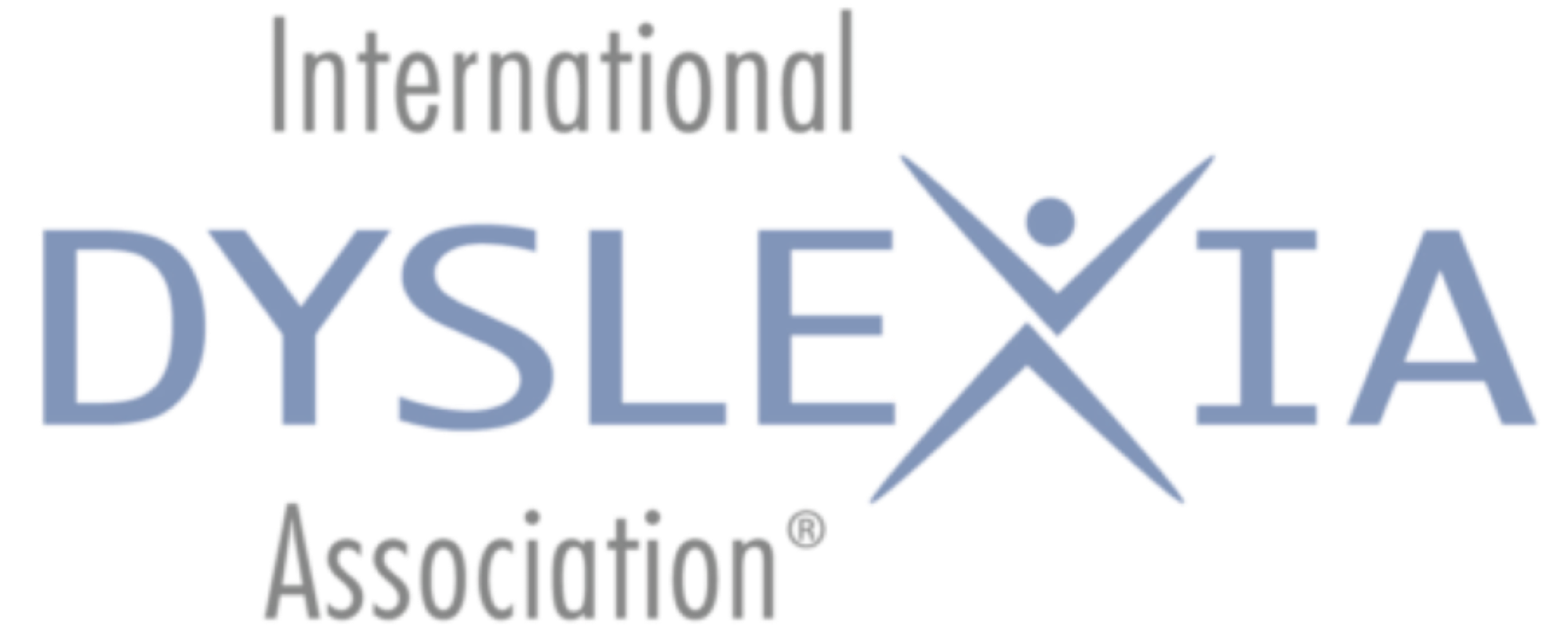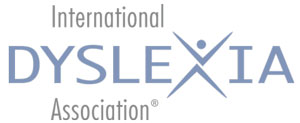DOWNLOAD
As individuals, each of us has a unique combination of strengths and weaknesses. But sometimes we are exceptionally strong or weak in certain areas. In the school setting, students with exceptional strengths and weaknesses may have different instructional needs than other students. Twice exceptional or 2e is a term used to describe students who are both intellectually gifted (as determined by an accepted standardized assessment) and learning disabled, which includes students with dyslexia.
The NAGC (National Association for Gifted Children) recognizes three types of students who could be identified as 2e:
- Identified gifted students who have a learning disability
- Students with a learning disability whose giftedness has not been identified
- Unidentified students whose gifts and disabilities may be masked by average school achievement
It is commonly believed that many 2e students are misclassified, neglected, or receive inadequate intervention. Sometimes it can be a greater struggle to show that a student is eligible for services for treating dyslexia than for giftedness; at other times, proving eligibility for services for the giftedness is the challenge. For gifted students who also have dyslexia, it is important to advocate with equal energy for both the disability and the ability.
Raising awareness is an important first step toward helping these students. This fact sheet provides information on identifying 2e students, providing them with effective instruction, and raising questions for future research.
How common is 2e?
Studies commonly suggest that 2-5% of school- age children are 2e, with some reports being much higher. It is unclear if the rates of 2e differ among girls and boys. Boys are more often identified with the disability part of the 2e equation and therefore may more often be identified as 2e.
Some research has also shown that dyslexia is more common among gifted people in spatially oriented occupations, such as art, math, architecture, and physics. While each of these studies may have specific methodological strengths and weaknesses, in general there is some evidence that higher incidences of reading and/or language deficits are seen in such occupations or expertise. However, evidence is not conclusive that having dyslexia significantly increases the likelihood of being gifted.
What causes 2e?
Specific causes of 2e are not known. Research, however, suggests three possibilities:
- In some cases, the co-occurrence of giftedness and dyslexia is due to chance or naturally occurring variations in human neurology
- Some people with dyslexia develop gifts outside of the reading domain through experience or practice
- In the course of early neurodevelopment, the brain is wired so that learning to read is difficult but learning in other domains is not; that is, in some cases, there may be a causal link between being at risk for dyslexia and giftedness
Exactly how and to what degree these three etiologies exist in the 2e dyslexia population remains to be discovered.
How can we identify 2e students?
Parents and teachers may fail to notice both giftedness and dyslexia. Dyslexia may mask giftedness, and giftedness may mask dyslexia. Some common characteristics of 2e individuals follow:
- Superior oral vocabulary
- Advanced ideas and opinions
- High levels of creativity and problem- solving ability
- Extremely curious, imaginative, and questioning
- Discrepant verbal and performance skills
- Clear peaks and valleys in cognitive test profile
- Wide range of interests not related to school
- Specific talent or consuming interest area
- Sophisticated sense of humor
More formal criteria are also used to identify a person as 2e—both for dyslexia (see references below) and intellectual giftedness. Generally, the accepted standardized assessment for intellectual giftedness is a common, general, verbal or nonverbal IQ test, or a specialized measure of cognitive ability in one or more specific domains. However, the identification of 2e in schools today, and giftedness alone for that matter, varies greatly. For example, to receive formal services for the gifted part of the 2e equation, some schools require high scores on a standardized test of intellectual ability such as the Naglieri Nonverbal Ability Test or the Wechsler Intelligence Scale for Children – IV (WISC-IV); other schools require exceptional scores on state achievement tests; and very rarely do schools recognize nonacademic gifts such as dance, leadership, or art, to qualify for the program.
Key points to consider about assessments:
- An assessment should be developmentally appropriate. Some tests are better suited for identifying skills in the very young rather than the older
- Developmental change can cause changes in test scores because the types of variables that tests measure can change with age, and a child’s brain takes time to mature. For example, it is possible for a
child to test as gifted at age 5 but not test as gifted when tested again at age 7. This is one reason that a thorough evaluation that includes more than one aptitude test is very important.
- The tests used should validly measure the relevant skills. Some schools have a “set in stone” test they use to assess eligibility for gifted services (and the gifted portion of the 2e equation). These tests can be limited in scope and may not tap broad and potential areas of giftedness. For example, nonverbal tests will not adequately measure high verbal intelligence; likewise, relying on superior scores on certain academic achievement
tests may not do justice to gifts that do not manifest themselves in these school subjects.
When using these or any criteria to assess the student who may be gifted and dyslexic, it is important to approach the task with a developmental mindset. Dyslexia, for instance, can change in expression, quality, and degree with age. The underpinnings of the disorder may become apparent as language or motor problems early in life, and then later show up as written word recognition/word decoding problems. Later still, the child may have difficulties with fluency and comprehension. Finally, in adulthood, dyslexia may manifest itself only mildly or when the adult with dyslexia is pressed to spell unfamiliar words; or, it may continue to significantly affect reading and written expression. Similarly, because the neurology of the child changes over time, the nature of the giftedness of the individual with dyslexia may also change. Thus, it is important to be vigilant in making these assessments.
Finally, it cannot be stressed enough that identifying 2e students is critical to their academic success. Without a dual classification that includes both giftedness and dyslexia, the student may not have access to appropriate services that will provide the support and stimulation necessary to succeed.
How is 2e treated?
Twice exceptional students are often lost in the school or IEP system, have their talents neglected in favor of remediation, or confuse diagnosticians so they do not qualify for much needed differentiated, specialized instruction they need for their gifts and to address their dyslexia.Practitioners and clinicians agree that the needs of a gifted student with dyslexia are very different from the individual with dyslexia or giftedness alone. Intellectual giftedness can complicate the diagnosis of dyslexia such that (because of high IQ) a person may not be found eligible for special services. Moreover, a reading disability may hinder the development of an academic gift because of focusing on the disability and neglecting growth and challenge in the areas of giftedness.
Students who have both gifts and learning disabilities require a “dually differentiated, program”: one that nurtures gifts and talents while providing appropriate instruction, accommodations, and other services for treating learning weaknesses. Unfortunately, research- based, well-defined, and prescribed practices for the 2e student with dyslexia are hard to find, and current practices vary widely.
Instruction for 2e students should be designed to develop higher-level cognitive functioning, or for their challenges—to develop basic skills (e.g. handwriting, reading, spelling, written expression, math computation). Otherwise, these students may be labeled average students or underachievers who simply need “to try harder.”
One promising approach for 2e students is the multisensory, structured language approach used for the treatment of dyslexia. Like other students with dyslexia, gifted students may benefit from instruction that includes a variety of stimuli, technology, and multiple sensory modes.
Many have also found success with home-based approaches. While remediation for the reading problem may occur in school, 2e students may not receive adequate attention for their gifts.Therefore, it may be up to the parent to stimulate, inspire, and nurture the development of the child’s strengths. There are many ways to do this, and some are described in the references below.
Generally, 2e can be a complicated condition to identify and treat. Perhaps because of the unique neurology and life experiences of 2e individuals, they are also at higher risk for personality disorders and depression. Evidence suggests that being 2e can be uniquely stressful, so teachers and parents need to consider the emotional as well as the academic needs of 2e individuals.
Unlike dyslexia and many other neurocognitive or emotional disorders that affect learning, 2e has no formal diagnostic definition (e.g., in DSM, IDEA, or NICHD). Most considerations of 2e are derived from gifted education, although 2e as a category has been receiving more attention from special educators interested in learning disabilities. In fact, many state and local school boards, as well as the National Education Association, are developing clearer standards, methods of identification and “treatment” prescriptions (for summaries and examples see NEA, 2006; Idaho Department of Education, 2010; Colorado Department of Education, 2009).
Key Points to Remember
To summarize, as we continue to learn from research and practice with these students, we can do the following now to better help these students:
- Be aware of superior skills in areas in and outside of traditional academic domains
- Take a developmental perspective toward understanding the individual, the assessment, and interpretation of test results
- Advocate for broad behavioral assessments and eligibility for services that include appropriate treatments for both giftedness and dyslexia
- Be aware of the special emotional needs and struggles of the 2e individual
- Ensure that both the disability and the ability are addressed
Suggested Readings
Colorado Department of Education (2009). Twice-exceptional students gifted students with disabilities: Level 1, an introductory resource book. Available from www.cde.state.co.us
Gilger, J., & Hynd, G. (2008). Neurodevelopmental variation as a framework for thinking about the twice exceptional. Roeper Review, 30, 214–228.
Idaho Department of Education (2010). Twice- exceptional: Students with both gifts and challenges or disabilities. Available from www.sde.idaho.gov
Moats, L. C., & Dakin, K. E. (2008). Basic facts about dyslexia and other reading problems. Baltimore, MD: The International Dyslexia Association.
National Association for Gifted Children (NAGC): www.nagc.org
National Education Association (2006). The Twice Exceptional Dilemma. Available from www.nea.org/specialed
2e Newsletter available from http://www.2enewsletter.com/topic_store_subscribe.html
The International Dyslexia Association (IDA) thanks Jeffrey Gilger, Ph.D., for his assistance in the preparation of this fact sheet. Dr. Gilger is Professor and Chair of Psychological Sciences, School of Social Sciences, Humanities and Arts, University of California, Merced. He is also a former member of the IDA Board of Directors.
The International Dyslexia Association (IDA). IDA encourages the reproduction and distribution of this fact sheet.
If portions of the text are cited, appropriate reference must be made. Fact sheets may not be reprinted for the purpose of resale. © Copyright 2020. The International Dyslexia Association (IDA). For copyright information, please click here.

